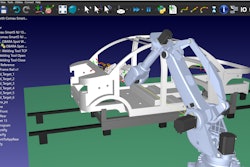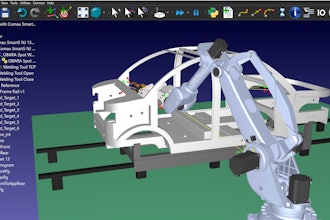The National Highway Traffic Safety Administration (NHTSA) recently released a proposed rule that requires all new vehicles to have vehicle-to-vehicle (V2V) capabilities. Currently, this is not an official mandate, but if it goes into effect by the 2019 final ruling date, manufacturers will have to incorporate this technology into each car moving forward. With the phase-in period beginning in the year 2021, all vehicles would be required to comply to these technology standards by 2023.
In addition to requiring the necessary V2V abilities, the rule also standardizes the message format. According to the document, “Standardizing the message will facilitate V2V devices ‘speaking the same language,’ to ensure interoperability.” Each vehicle will have a dedicated short-range communications (DSRC) unit and will send and receive basic safety messages (BSMs), such as speed data and brake status.
This ruling also has built-in security features, outlining that all vehicles must be “capable of receiving over-the-air (OTA) security and software updates.” However, the NHTSA will allow for consumer consent only for updates that are deemed appropriate. Additionally, firewalls would be implemented between V2V modules and other connected software components to ensure harmful entities are denied access into the system.
The V2V capabilities will not work alone, since the proposed rule clearly states that the vehicle will use received information to engage supplementary safety systems. For example, the NHTSA plans to add two types of automatic emergency braking components — crash imminent braking and dynamic brake support.
This push for universal V2V implementation is a direct result from its perceived slow advancements and the uncertainty that V2V technology will reach its full potential.
“We are, therefore, confident that creating the information environment through this mandate would lead to considerable advances in safety, and that those advances might not reach fruition if V2V communications were left to develop on their own,” the proposal reads.






















